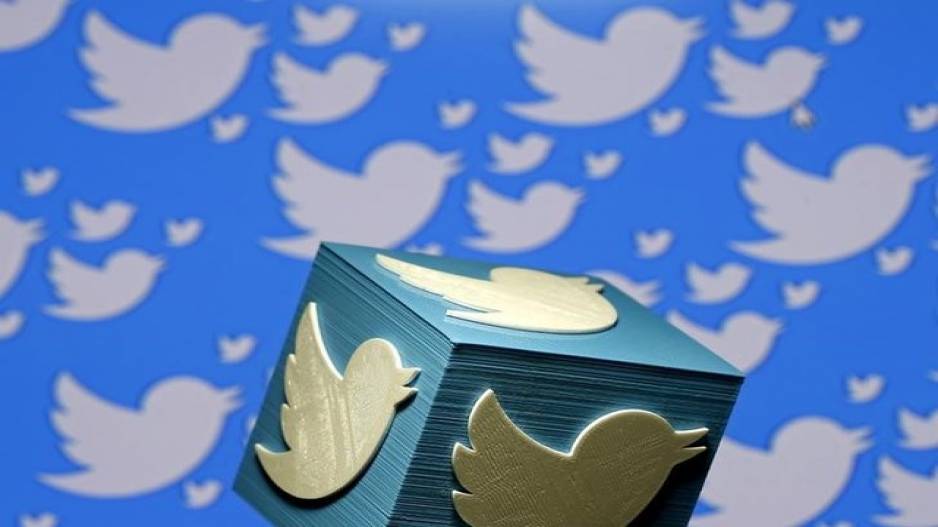Recommended Stories
London: Twitter users in the US shared more polarising political news and conspiratorial content from Russian, WikiLeaks and junk news sources, during the 2016 presidential election, finds a study.
The findings led by researchers from Oxford University, showed that users of the micro-blogging site in some states, shared more polarising political news and information than users elsewhere.
This content uses divisive and inflammatory rhetoric, and presents faulty reasoning or misleading information to manipulate the readers' understanding of public issues and feed conspiracy theories.
Kentucky, South Dakota, Delaware, Montana and West Virginia had the highest levels of junk news shared, while North Dakota, Washington D.C., Iowa, New York and Wyoming had the least.
Further, the average levels of this low quality political information was more concentrated in swing states than in uncontested states.
While the social media users shared a lot of political content, the amount of professionally researched political news and information was consistently smaller than the amount of extremist, sensationalist, conspiratorial, masked commentary, fake news and other forms of junk news.
Thus, not only did such junk news "outperform" real news, but the proportion of professional news content being shared hit its lowest point the day before the election, Philip N. Howard from the varsity said in a statement.
For the study, the team analysed a dataset of 22,117,221 tweets collected between November 1 to 11, 2016, that contained hashtags related to politics and the election.
Within our initial sample, approximately 7,083,691 tweets, 32 per cent of the total traffic, were coming from users who volunteered enough location information in their profile to determine which state they were in.













